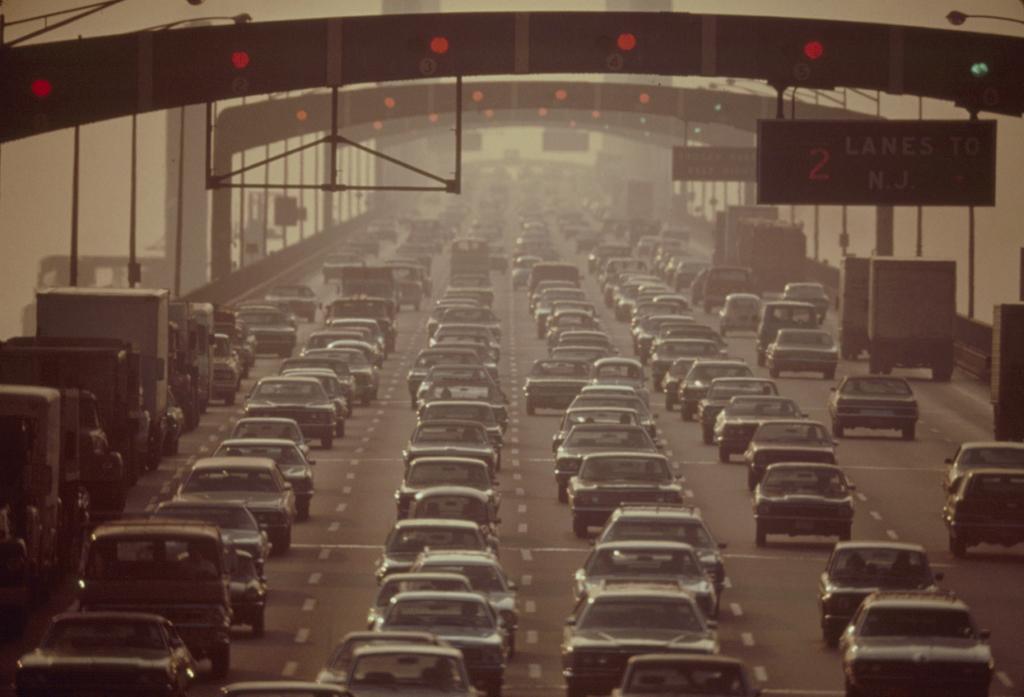Only a systematic approach to controlling air pollution can deliver long-lasting results.
After many of the world’s nations went into months-long lockdown early last year to contain the spread of COVID-19, reports began to emerge of the benefits to the environment.
Wild animals began to reclaim urban areas now devoid of people. Carbon emission levels began to drop as a result of reduced economic activity. The air of polluted cities began to clean up.
Some of those reports, however, may well have been exaggerated or at least overly optimistic.
The authors of a new study, published in the journal Science Advances, acknowledge that the lockdowns ushered in sudden decreases in concentrations of nitrogen dioxide (NO2), if with simultaneous increases in ozone (O3), in almost all cities under lockdowns, yet they argue that the decline in NO2 concentrations “was not as large as expected” at reductions of between 10% and 50%.
The scientists reached this conclusion after studying changes in the atmospheric concentrations of air pollutants such as nitrogen dioxide, ozone, and fine particulate matter (PM2.5) in 11 cities that underwent severe lockdowns: Beijing, Wuhan, Milan, Rome, Madrid, London, Paris, Berlin, New York, Los Angeles and Delhi.
Their results indicate that many studies that have attributed reductions in these pollutants to the lockdowns themselves failed to take into account weather phenomena such as cooler air, stronger winds and rain, which too had a bearing on cleaner air during the period.
One study, for instance, found that NO2 emissions plummeted by as much as 90% in the Chinese city of Wuhan, which was the epicenter of the original outbreak and experienced a complete shutdown for a while. However, say the scientists behind the new study, the weather also had a large role to play in cleaning up the city’s air by dispersing emissions.
“More fossil fuels are burned for heating during the winter compared with the spring too, and the pollutants formed tend to react differently in the atmosphere under different conditions of sunlight and temperature, causing air pollution levels to vary between seasons. These factors obscure the influence of a single event on air pollutant concentrations,” two of the researchers explain in an article about their findings.
“Doing this is important, because if people overestimate the benefits of the lockdown on air quality they could underestimate the scale of the air pollution challenge in the world’s cities and fail to take the radical action necessary to bring urban air quality within healthy limits,” they stress.
Air pollution kills millions of people each year around the planet and is one of the major contributors to ill health in some of the world’s most polluted cities. And we can’t just trust the whims of weather or expect to rely on economically crippling lockdowns to clean the air up for us once in a while.
Rather, the solution to it lies in undertaking concentrated actions to achieve long-term reductions in toxic air pollutants.
“The reductions in NO2 alone will have brought widespread health benefits and, had these continued, would have allowed most cities to meet air quality guidelines set by the World Health Organization,” the experts note. “But this will have been offset by increases in ozone, and many of the changes are smaller than we originally thought – highlighting how great the challenge of cleaning up our air is.”
They recommend a “systematic approach to controlling air pollution, tailored to each city and considering all pollutant types, would deliver the greatest health benefits.”
This story first appeared on Sustainability Times
South Africa Today
© 2020 Sustainability Times.
This article is licensed under a Creative Commons Attribution-ShareAlike 4.0 SA International License.












